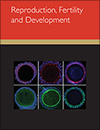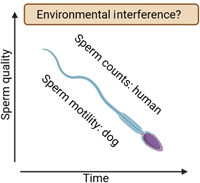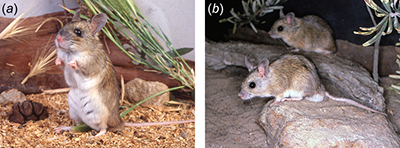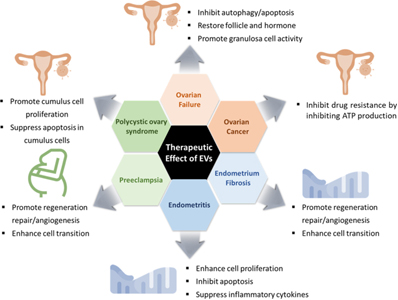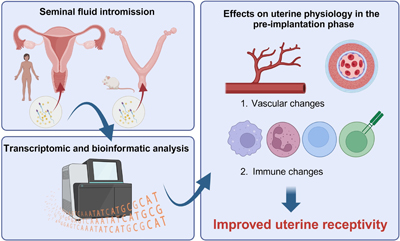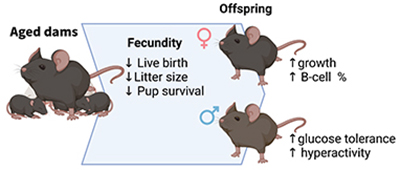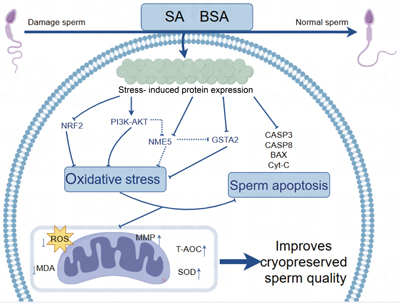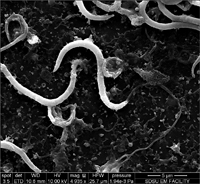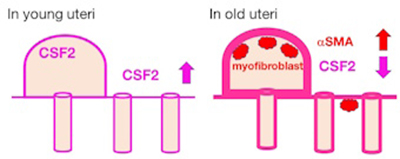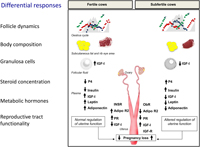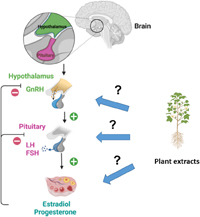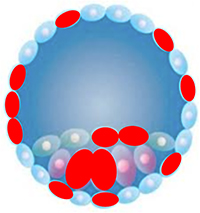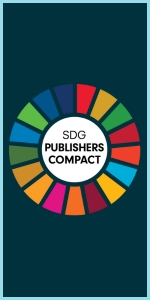RD24161Spermatogenic cell apoptosis and impaired spermatogenesis in prepubertal mice: time- and dose-dependent toxicity of silver nanoparticles
The increasing use of nanoparticles, especially silver nanoparticles (AgNPs), in various consumer, agricultural, and pharmaceutical applications has raised considerable concern about their potential risks to human health. However, the progressive toxic effects of AgNPs in mouse testes after single and repeated exposure are still unclear. The present observations show that AgNPs caused potential adverse effects on the testis, specifically, spermatogenic cell apoptosis, impaired spermatogenesis, and reduced testicular testosterone concentrations in an exposure time- and dose-dependent manner. Image by Mohammad Shah Alam.


